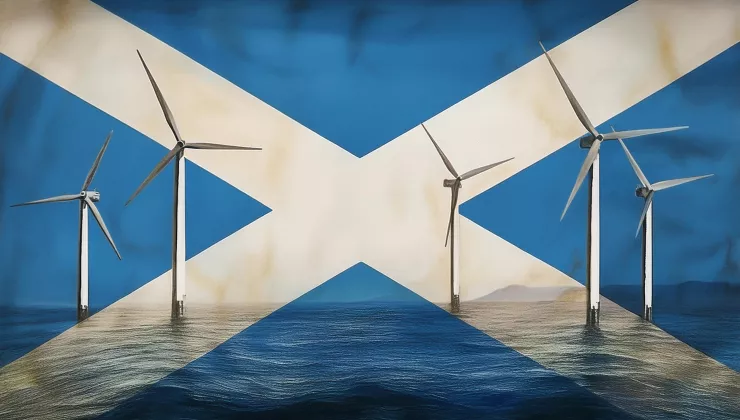New tools to improve wind turbine maintenance planning
Decision tool for offshore wind turbine maintenance
The maintenance of wind farms is currently planned manually in a spreadsheet. Various factors are taken into account, such as the availability of personnel and materials, the weather and the distance to be covered.
Otary recently developed an AI model that predicts the expected energy production at a specific time per wind turbine based on the weather forecast. This production differs per wind turbine due to the positioning and the wind direction.
At Otary's request, Coteng is now developing a customised planning tool that ensures that most processes and calculations are automated and takes the loss of electricity production into account when seeking a balance between the various factors.
The ultimate goal is to create a workable dynamic tool for the planner that combines all data, automates calculations and updates them as soon as new data becomes available.
Digital twin
Initially, a proof of concept is set up in a relatively short period of time (3 to 4 months). This way, the user experience can be evaluated to work out the next steps.
Coteng is designing a web application that collects data from multiple sources and presents it in a user-friendly interface with which the planner can simulate various scenarios or start an optimization process. The heart of the application is a digital twin of the wind farm that simulates the output per wind turbine based on all parameters set by the planner.
Based on the weather forecasts and the predicted production, various parameters are used to determine which wind turbines can undergo the specific maintenance task. The tool visually shows which wind turbines can be worked on and which cannot. The tool is fed with accurate information 4 times a day (every 6 hours).

Optimisation tool for offshore wind turbine maintenance
Priority versus routine maintenance activities
Otary wants to maintain its offshore wind turbines according to an optimally functioning system. A wind turbine requires many different maintenance activities. What is possible on a particular day also depends on the available profiles on a ship.
Some activities are only carried out annually or sporadically, others are a priority. A working day is built up with priority tasks and is supplemented with other tasks.
Otary requires a planning tool that assigns these two types of activities to a specific team according to a well-defined logic and taking into account various parameters.
Optimising maintenance tasks with digial tool
Coteng is building a tool to plan maintenance tasks. The tool defines the available team with the right profile on a given ship. They are linked to a certain urgent task (= MUST task). The working day is completed with less urgent tasks (= MAY task).
This optimization tool uses the data generated by the decision tool (see above). This means that the maintenance works are carried out only on those wind turbines that fit the balance between the different parameters requested by the planner.
Furthermore, the planning takes into account, among other things, the travel time to the wind farm, the expected duration of the maintenance works, the time needed to load equipment, and so on.
Increasing efficiency
The combination of multiple factors in the same tool ensures great ease of use. At a glance, the planner can consult clear and accurate information to make decisions. When new data becomes available, plans and calculations are automatically updated.
The results are measured and evaluated after a 6-month induction period. These tools were fully developed within a period of 6 months, from concept to working model in production.
After evaluation of the user experience over a longer period, the tools can be further expanded with additional functionalities.
Context
This project is part of the ELBE Eurocluster project (GA- 101074230), which has received funding from EISMEA's COSME programme (call SMP-COSME-2021-CLUSTER).
Funded by the European Union. The views and opinions expressed in this article are solely those of the author(s) and do not necessarily reflect those of the European Union or EISMEA. Neither the European Union nor the funding agency may be held responsible for them.


